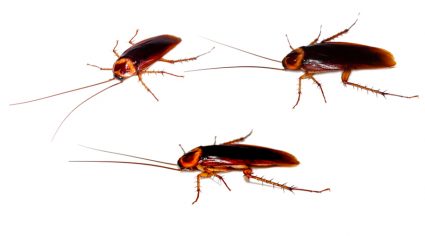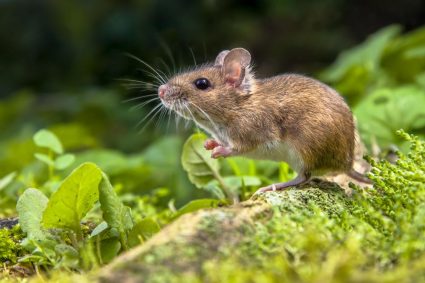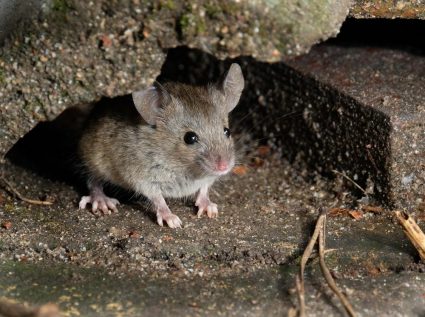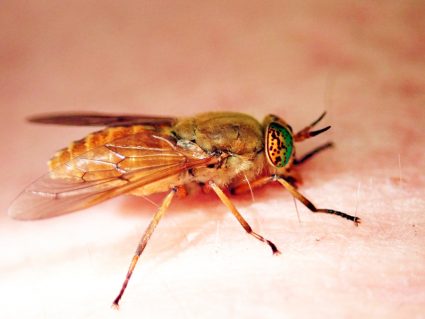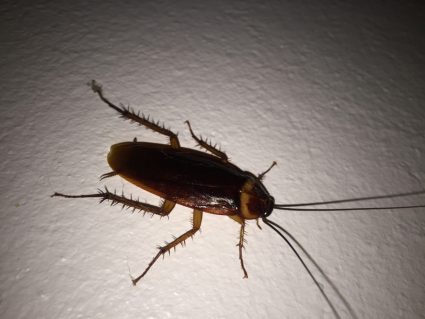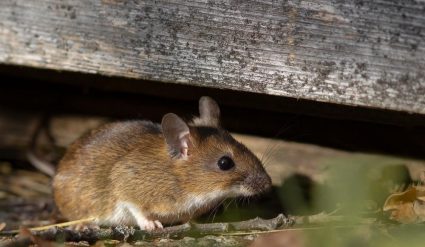
Cabbage butterflies, also known as cabbage white butterflies, are a common pest in gardens all over the world. While they might look innocent fluttering around your garden, these butterflies can cause significant damage to your cabbage and other brassica crops. In this comprehensive guide, we’ll explore various methods to keep these pests at bay, from organic solutions to commercial products and preventative measures.
To keep cabbage butterflies away, you can use organic methods such as floating row covers, companion planting with herbs like thyme and dill, using trap plants, dusting plants with diatomaceous earth, handpicking caterpillars, and encouraging natural predators. Commercial products like Bacillus thuringiensis (Bt), Neem Oil, and Spinosad can also be effective. Regular inspection of plants and preventative measures like planting diverse crops and providing habitats for natural predators are also crucial.
Identifying Cabbage Butterflies
Before we delve into the solutions, it’s crucial to identify these pests accurately. Cabbage butterflies are small to medium-sized with white or cream-colored wings. They have small black dots on their wings, with males having one black spot on each forewing and females having two.
Signs of Cabbage Butterfly Infestation
Cabbage white butterflies primarily target plants in the brassica family, which includes cabbage, broccoli, cauliflower, and other leafy green vegetables. The caterpillars, or larvae, create small, smooth holes in the leaves. Caterpillar excrement can also be found on the leaves and hearts of affected plants. Female cabbage butterflies lay their eggs on the underside of leaves, which are initially white or cream-colored but turn yellowish over time.
Organic and Non-Chemical Methods
Here are several organic and non-chemical methods to prevent cabbage butterflies from settling on plants and laying eggs:
- Floating Row Covers: Cover your plants with floating row covers to create a physical barrier that prevents butterflies from accessing the plants.
- Companion Planting: Interplant brassicas with plants like thyme, dill, oregano, lavender, onions, and garlic to confuse and deter cabbage butterflies.
- Trap Plants: Plant sacrificial plants like perennial tree collards away from your main garden to attract cabbage butterflies and keep them away from your main crops.
- Diatomaceous Earth: Dust your plants with diatomaceous earth to deter butterflies and kill any caterpillars that may hatch.
- Handpicking: Regularly inspect the underside of leaves and handpick any cabbage worms you find.
- Encourage Natural Predators: Attract beneficial insects like ladybugs, lacewings, and parasitic wasps that prey on cabbage worms by planting a diverse range of plants in your garden.
Commercial Products
Commercial products also offer effective solutions. Some of the best include Bacillus thuringiensis (Bt), Neem Oil, Spinosad, and Diatomaceous Earth. These products target the caterpillars and deter adult butterflies from laying eggs on your plants.
Preventative Measures
Prevention is always better than cure. To avoid a cabbage butterfly infestation in the future, use floating row covers or mesh netting, plant trap plants, interplant brassicas with aromatic herbs, and regularly inspect your plants for eggs and caterpillars. Encourage natural predators by providing a diverse habitat with various plants, flowers, and nesting sites.
Conclusion
Cabbage butterflies can be a significant pest in your garden, but with the right strategies, you can keep them at bay and protect your brassica crops. Whether you choose organic methods, commercial products, or preventative measures, the key is to implement these strategies consistently and monitor your garden regularly.
Remember, a healthy, diverse garden is your best defense against cabbage butterflies and other pests. So, let’s get gardening, and keep those cabbage butterflies away!
Frequently Asked Questions
What time of the year are cabbage butterflies most active?
Cabbage butterflies are most active during the spring and summer months when the weather is warm. They lay their eggs on brassica plants during this time, and the caterpillars hatch and grow throughout the season.
How does Bacillus thuringiensis (Bt) work?
Bacillus thuringiensis (Bt) is a naturally occurring soil bacterium that produces proteins harmful to certain insects, including cabbage worms. When the caterpillars consume the Bt, it paralyzes their digestive system, causing them to stop eating and eventually die.
How often should I inspect my plants for cabbage butterfly eggs and caterpillars?
During the peak season, it’s advisable to inspect your plants at least once a week. Look for eggs on the underside of leaves and any signs of caterpillar damage. The earlier you spot and deal with the infestation, the better.
What do cabbage butterfly caterpillars look like?
Cabbage butterfly caterpillars are velvety green with a thin, white line down each side of their body. They are usually found on the underside of brassica leaves and blend in well with the green foliage.
Can I use insecticides to control cabbage butterfly infestations?
Yes, insecticides can be used to control cabbage butterfly infestations. However, they should be used as a last resort, as they can also kill beneficial insects and disrupt the natural balance of your garden. Always follow the product’s instructions for safe and effective use.

